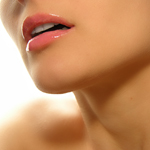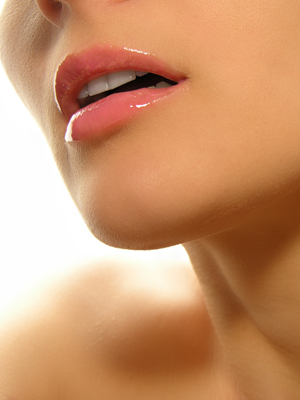An excess of facial hair can be an embarrassing problem, but you don’t have to live with it. There’s a world of hair removal options beyond tweezing, so read on for our guide to removing unwanted facial hair. Remember that excess facial hair can be a sign of an underlying medical condition, so if you have any concerns, speak to your health practitioner.
Waxing
Waxing involves the application of hot or cold wax to the skin. The wax attaches to the hair, which is pulled out by the root when the wax is removed.
Pros: Because it’s removed by the root, hair won’t grow back for two to six weeks. Waxing can be done by a trained esthetician or at home with a do-it-yourself waxing kit (you’ll find an array of options at your local drugstore). If you’re going the DIY route, look for pre-waxed strips, which can be easier to manage.
Cons: Waxing can be painful and if done incorrectly, can result in irritation, ingrown hairs and in rare cases, bleeding. If you suffer from sensitive or acne-prone skin, this is not the treatment for you. Also avoid waxing if you use retinol or Retin-A products.
Threading
Threading is an ancient method of hair removal in which a loop of cotton thread is rolled over unwanted hair, catching it and removing it from the root.
Pros: As with waxing, hair re-growth is slow, as the hair is removed at the follicle level. Threading is very precise and as there is no contact with the upper layer of skin, it can be used on even sensitive skin types.
Cons: You need to find an experienced practitioner. If not done properly, threading can result in broken hairs and faster re-growth.
Depilatory creams
Depilatory creams are a mix of mildly caustic chemicals that remove hair by dissolving the keratin in the shaft of the hair.
Pros: Depilatory creams are one of the most painless forms of hair removal, though some people will experience a mild tingling or burning. Hair grows back soft, not stubbly. The treatment is inexpensive and can be done at home — just make sure you choose a depilatory cream designed for use on the face. The chemicals in facial depilatory creams are milder than those in creams meant for body hair and are less likely to cause adverse reactions.
Cons: Hair removal isn’t as deep as with threading or waxing, so re-growth is faster. Depilatory creams can be messy and smelly, and are not appropriate for sensitive or broken skin. A skin test on the inner forearm is necessary to rule out allergies.
Laser hair removal
Laser hair removal is a practice whereby light energy produced by a laser destroys hair follicles. It should be performed by a trained technician, ideally under a doctor’s supervision.
Pros: Results are long-lasting and semi-permanent. Laser treatments are generally well-tolerated. Some women may experience mild discomfort, which can be controlled by the application of a numbing cream 30 to 60 minutes prior to treatment.
Cons: Laser hair removal is expensive and can take several sessions to adequately remove hair. It works best on people with dark hair and fair skin, though newer devices can successfully treat lighter hair and darker skin, too. (It just may take longer to get the same results.) Some women, especially those with darker skin, experience a darkening of the skin around the treatment area.












